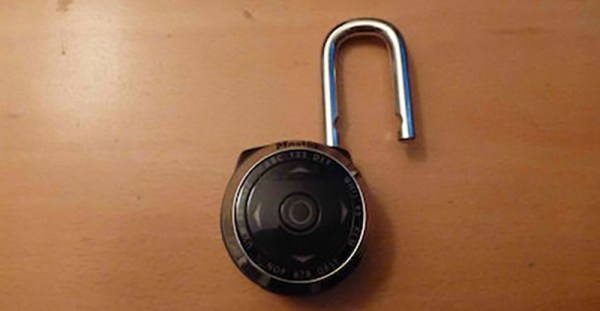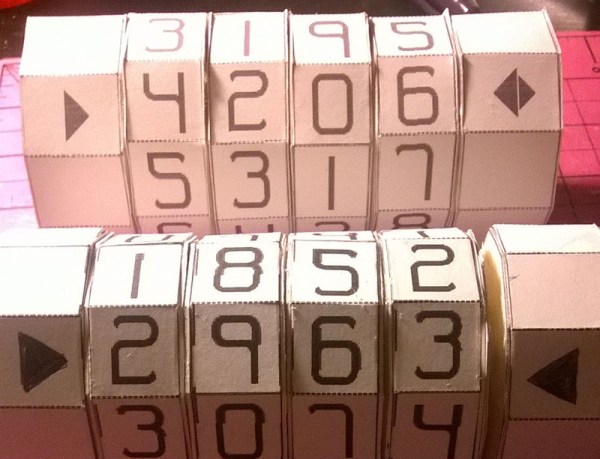When [Zach Hipps] was faced with a locked safe and no combination, it seemed like calling a locksmith was the only non-destructive option. Well, that or doing something crazy like building a safe-opening robot. Since you’re reading this on Hackaday, we bet you can guess which path he took.
So far, [Zach] has managed to assemble the custom chuck and spindle for the safe cracker. This construction is then mated with an appropriately precise Trinamic controller for the motor, which is perfect for this heist project. After some early consternation around the motor’s stall detection capabilities, the project was able to move forward with extra microcontroller code to ensure that the motor disengages when sensing a ‘hard stop’ during cracking.
Precision is absolutely essential in a project like this. When dealing with a million potential combinations, any potential misconfiguration of the robot could cause it to lose its place and become out-of-sync with the software. This was encountered during testing — while the half-assembled robot was (spoilers) able to open a safe with a known combination, it was only able to do so at slow speed. For a safe with an unknown combination, this slow pace would be impractical.
While the robot isn’t quite ready yet, the Part 1 video below is a great introduction to this particular caper. While we wait for the final results, make sure to check out our previous coverage of another auto dialing robot cracking the code in less than a minute.

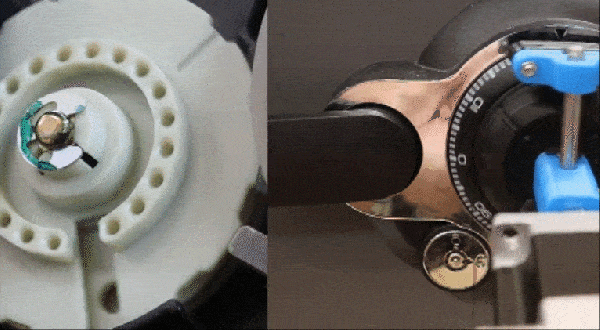
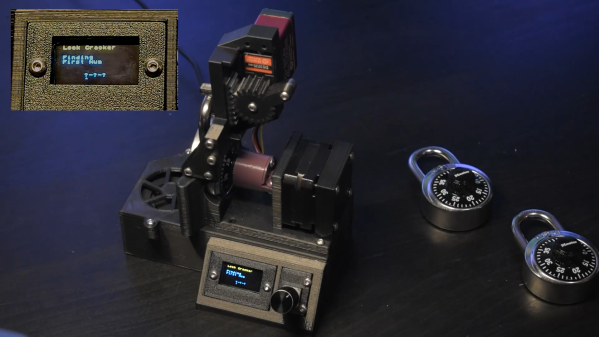
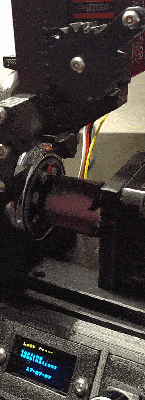

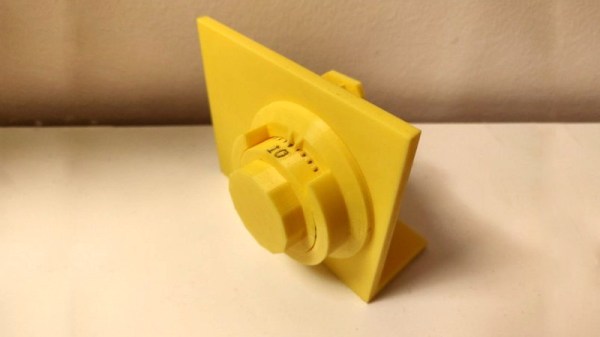
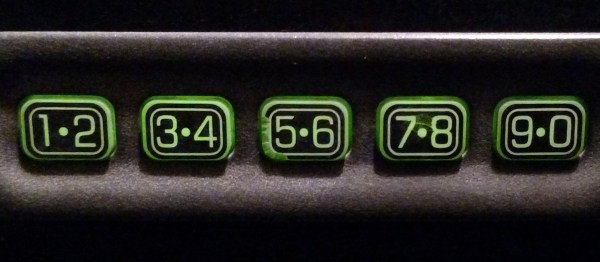
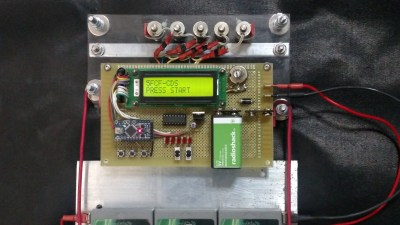 The electronics and mechanical part of this build are pretty simple. An acrylic frame holds five solenoids over the keypad, and this acrylic frame attaches to the car with magnets. There’s a second large protoboard attached to this acrylic frame loaded up with an Arduino, character display, and a ULN2003 to drive the resistors. So far, everything you would expect for a ‘robot’ that will unlock a car via its keypad.
The electronics and mechanical part of this build are pretty simple. An acrylic frame holds five solenoids over the keypad, and this acrylic frame attaches to the car with magnets. There’s a second large protoboard attached to this acrylic frame loaded up with an Arduino, character display, and a ULN2003 to drive the resistors. So far, everything you would expect for a ‘robot’ that will unlock a car via its keypad.